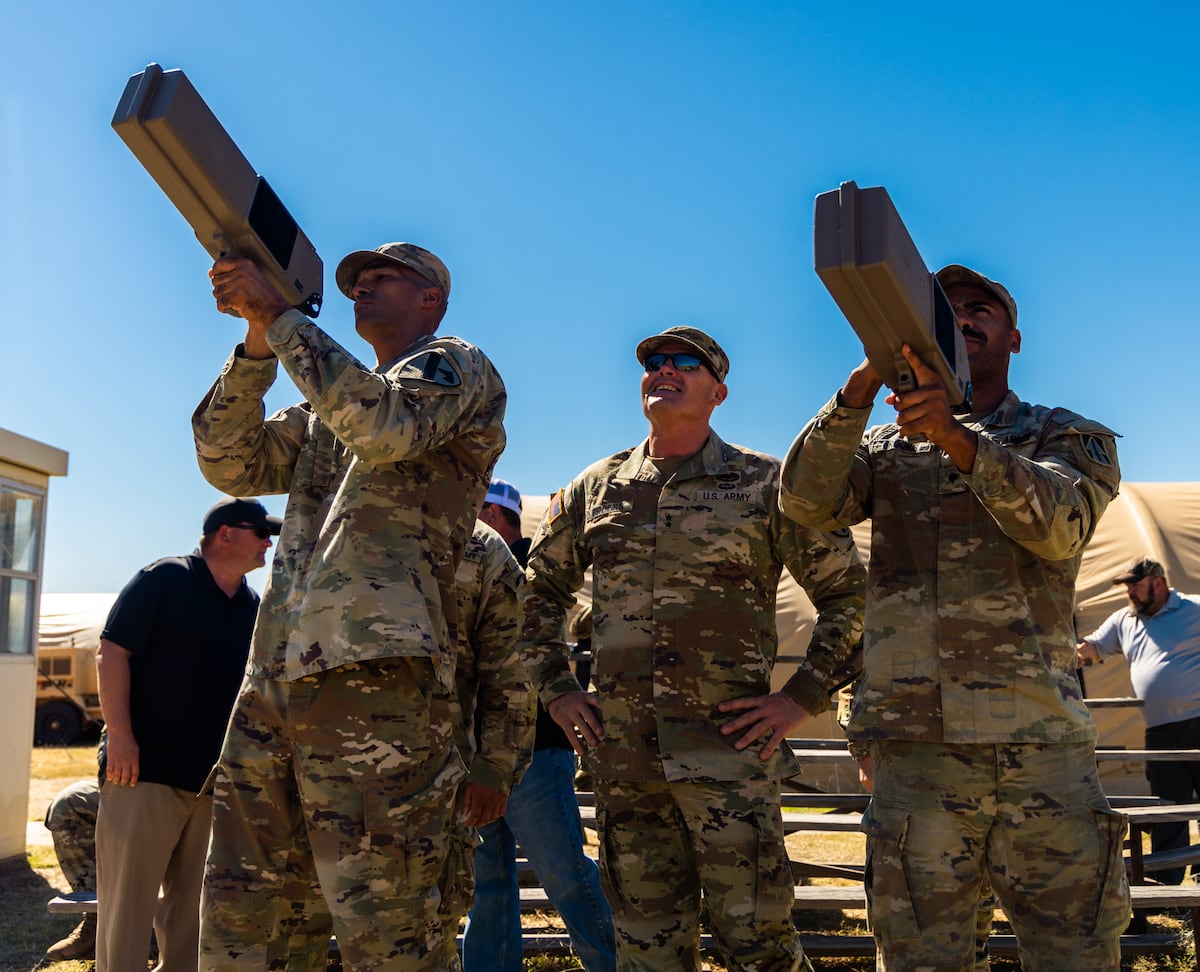The Department of Defense has scuttled the Joint Capabilities Integration and Development System (JCIDS). In a memorandum signed last week, Defense Secretary Hegseth and Deputy Secretary Feinberg directed the “disestablishment” of JCIDS as part of an effort to streamline and accelerate acquisition.
While the joint requirements process sounds very bureaucratic, this effort has the potential to have a dramatic impact on the development and fielding of systems used by our warfighters.
Here’s how: The JCIDS review was tucked in at the end of Executive Order (EO) 14265, “Modernizing Defense Acquisitions and Spurring Innovation in the Defense Industrial Base,” issued on April 8 amid the torrent of spring Trump administration EOs. Most of the attention at the time focused on acquisition process reform and major defense acquisition program provisions, efforts that are ongoing.
Established in 2003, JCIDS has driven the process for validating capability requirements across DoD. While started with the best of intentions to create acquisition synergies across the Department, JCIDS had become a closed-loop, insular process that added more than 800 days to the capability approval cycle with very little added value.
The new approach outlined in the memo focuses on enabling agility in requirements, bringing industry to the table, and driving structural change. This is both different from and similar to JCIDS in distinct ways. It is that combination, however, that gives it the greatest chance of success.
Enabling agility in requirements
JCIDS, and requirements development in general, have been roundly criticized for trying to precisely define the capabilities needed to address national security threats years in advance of actual program development. This linear approach aligns with the Pentagon’s budgeting process, the Planning, Programming, Budgeting, and Execution (PPBE) system, both of which limit flexibility in program development. While the Congressional Commission on PPBE Reform made numerous recommendations (many of which still need DoD attention), last week’s memo is the first DoD initiative to help bring agility into requirements.
This reform effort goes after this objective through the focus on identifying “the top-priority Joint Force needs and the solutions required to fulfill them” and the creation of a Joint Acceleration Reserve (JAR) to help address these needs. The former is intended to align resources to DoD’s most pressing operational problems. Congress may be skeptical of the latter, viewing the JAR as an undesignated wedge of funding, but it would give the department critical fiscal flexibility to address urgent capability needs that are not in the existing DoD budget.
Bringing industry to the table
The memo also takes a dramatically different approach to industry. Whereas there is only one passing reference to industry in the 118-page 2021 Joint Staff Instruction for implementing JCIDS, the Pentagon’s new nine-page issuance mentions industry 15 times and directs the creation of a Mission Engineering and Integration Activity, with a major priority to “rapidly engage with industry.” The intent is clearly to help inject industry innovations into the development and integration of capability requirements. This level of interaction will complement the significant experimentation and prototyping efforts currently underway across the Department.
Driving structural change
The new effort is similar to JCIDS in that it establishes a process to drive towards its desired objectives. For all the (mostly justified) criticisms of process and bureaucracy, the Department lives on processes and frankly cannot function effectively without them.
Thus, this new approach to requirements needs to be integrated with existing Pentagon processes so it can drive lasting structural change. To that end, last week’s memo establishes a new forum, a Requirements and Resourcing Alignment Board (RRAB), to drive requirements development processes aligned with the new guidance. Moreover, because money is the real power in the Pentagon, the fact that RRAB will have some budget authority helps put it in a stronger position than JCIDS.
There is much work to be done to bring this new approach to life, but this is an auspicious opening salvo in tackling one of the long-standing challenges in how our nation develops and fields capabilities to arm our warfighters and strengthen our industrial base.
Jerry McGinn is the inaugural Director of the Center for the Industrial Base at the Center for Strategic and International Studies and a former senior DoD acquisition official.
Read the full article here








Leave a Reply